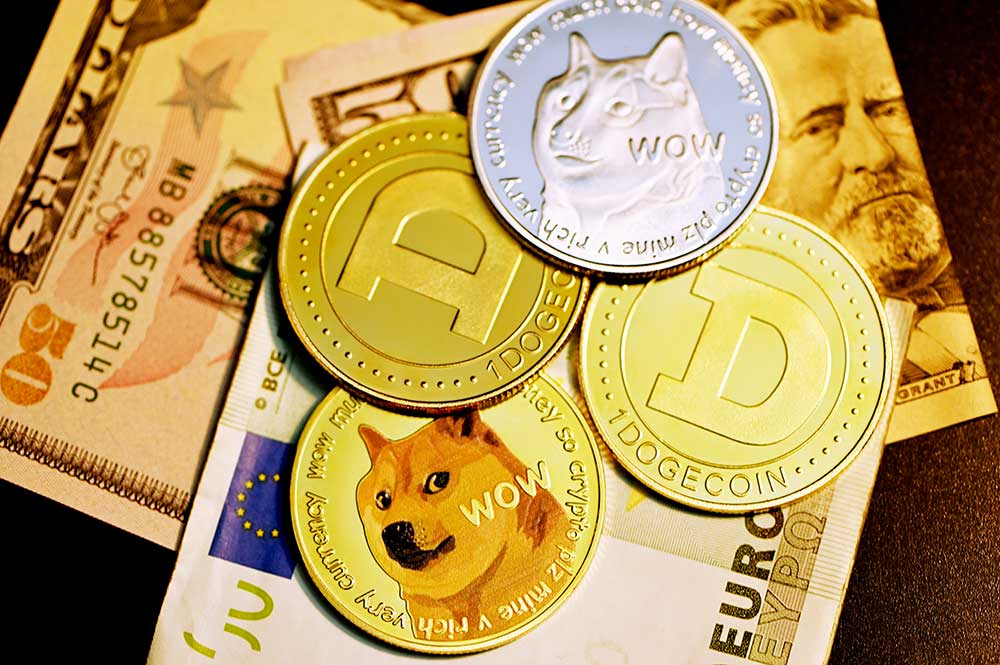The shocking popularity of meme coins throughout recent years is a meme in itself. “There is a crazy excitement [from] very young investors around meme coins and meme ideas,” billionaire investor Novogratz said to CNBC. And he’s not wrong, considering that the entire premise of meme coins is to play on people’s anxieties by inflating every aspect of the currency, driving even the most cautious investors to their wit’s end. Some are even compared to Bitcoin, which accounts for over 50% of all the world’s cryptocurrencies put together.
Most meme coins enjoy short-lived fame
Most meme coins are successful for just a few hours because of their ridiculous name. The Australian Safe Shepherd, or the ASS coin, rose to millions of dollars in a few hours. But just the same, it fell to millions of dollars just a few hours later. And more recently, new crypto called FEG Token, otherwise known as Feed Every Gorilla, ended in the same way. After anonymous investors started hinting at a “once in a lifetime opportunity” in the form of tokens, FEG went completely viral on Reddit, Discord, and other crypto forums. Not long after, thousands of long-time and wannabe investors started to buy the coin. From the 8th until the 11th of May, the coin saw exponential growth. Three days later, the coin plummeted and the anonymous investors were able to off-load about $120 million in profits. Other examples of meme coins include CateCoin and CorgiCoin, both of which have seen big price drops in recent months.
But once in a while, there are coins that manage to rise above others. Following the GameStop saga earlier in the year, Dogecoin was already surging up the charts. But after Tesla chief executive Elon Musk sparked more interest in the meme-inspired cryptocurrency, Dogecoin leapt 31% in February. The coin that started as an 8-year joke between software engineers Billy Markus and Jackson Palmer ended up reaching a record-high 0.74 USD. To this day, the value of Dogecoin hasn’t fully plummeted yet, and some people are anticipating its rebound.

Meme coins ride on virality
Something that plays a part in the rise and fall of meme coins is how they are treated as fads, and yet so much money rides on their popularity. Meme coins were on the front page of even consumer investing websites. Personal finance website AskMoney posted an article on how to invest in Dogecoin, further fuelling the interest of retail traders in these currencies. Furthermore, the feature warns readers against treating Dogecoin as the “next Bitcoin” waiting to happen—a valid point, given the pump and dump fate shared by meme coins. Business Insider has also constantly posted updates on the changes in Dogecoin value, particularly how tweets from celebrities like Snoop Dogg and Kevin Jonas fuel its popularity.
And although exchange groups like Cboe Global Markets and CME Group launched contracts on the cryptocurrency, up until now crypto experts and spectators alike are not quite sure how to treat these bizarre coins. Many people only invest in them as a meme. But it’s a powerful one at that, as it can be considered an inflation hedge—the online frenzy has even led brokerage Robinhood to restrict their crypto trading temporarily due to “extraordinary market conditions”. Whether meme coins take off will depend on how reliable they become. At the moment they rely on the same get-rich-quick mentality as scams do, although sometimes unintentionally, which will put off serious investors.